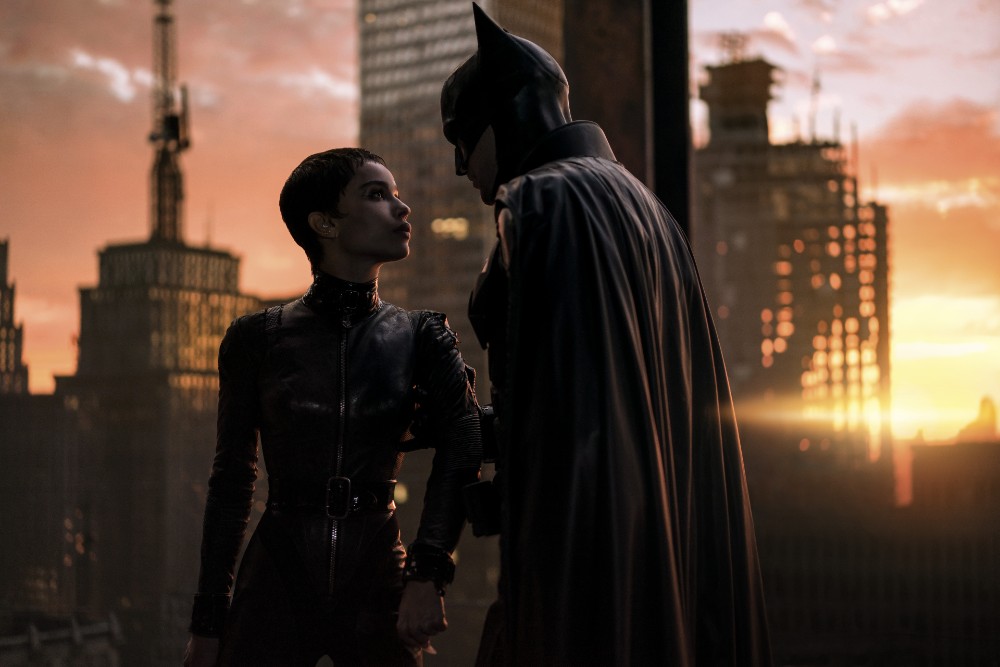
Now that millions of people around the world have had a chance to see Matt Reeves’ The Batman starring Robert Pattinson, it’s high time to dive into how the director and his team of collaborators created a new look for Gotham City unlike any that we’ve seen in previous Batman movies.
Reteaming with Production Designer James Chinlund from his two Planet of the Apes movies, Reeves has visualized a Gotham that is equal parts New York City and London, while also instilling different gothic and art deco design styles in the architecture and interiors to create something distinctly unique. This includes the Batcave residing deep underground below Wayne Tower, and major locations like the Iceberg Lounge hangout of Colin Farrell’s Penguin, among others.
Chinlund served as the production designer on two early Darren Aronofsky movies, Requiem for a Dream and The Fountain, and the size and scale of his productions increased with his work on The Avengers, which prepared him for the immense undertaking of The Batman. The DC movie saw him working with DP Greig Fraser (a recent Oscar winner for Dune) to implement virtual reality and LED stages in order to realize Gotham, both in the creation/prep process and during filming.
Below the Line spoke with Chinlund a few weeks back about working alongside Reeves to reenvision Gotham, using virtual production in the process, as well as how the production was affected by the COVID pandemic, both positively and negatively.
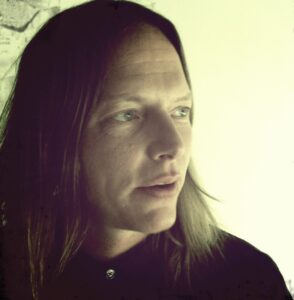
Below the Line: I know you worked with Matt Reeves on his two Planet of the Apes movies, so what was your first conversation like regarding The Batman? I assume the look of Gotham was discussed early on since that’s such a big task.
James Chinlund: Matt and I have had an amazing run together. We started on Dawn [of the Planet of the Apes]; I was already on the movie, and the director that had hired me left the film, and Matt came in with a totally different take. It was this amazing process [where] he was writing as we were designing, so it really started a process for us that we’ve continued forward. As a designer, being able to work with a director who writes is such a dream, because I really feel like we can weave our world-building with their writing so closely. It’s a long-winded way of saying it was very early, before he even started writing, when we started our conversations.
He had a very specific take on Bruce [Wayne] and where we would find Bruce in his development. Right away, we started tackling what that meant for the world. I think, for us, the entry point for the conversation was really the car. I think, as a designer, when you approach the Batman, we started thinking about what the vehicle might look like. It’s a funny thing, but it’s sort of the key to the rest of the world. How did Bruce approach the car? What did it need to be? As we started unpacking that, I think the rules of Gotham sort of fell into line after that.
I think Matt, again, was excited about the idea that Bruce was his own man, that he had turned his back on Wayne Industries and was really focused on his mission and doing it himself. It felt like new space for us. Often, you see Bruce Wayne portrayed as this sort of James Bond kind of figure, where he has a big military-industrial complex behind him and supporting him. We were excited about creating a Batman that stood on his own two feet, had dirt under his fingernails, and really reflected this ethos where, if you needed it, he was going to figure out how to get it done himself. Obviously, the car, we were hoping that it would feel very much like a car and not a tank or a military machine — that it felt like Bruce Wayne, as the world’s greatest detective, was heading out into the city and needed to be able to move through the city undetected, but at the same time, driving something that was very intimidating to the criminal.
We loved the idea that down in the Batcave, he had been a gear-head growing up and [was] very familiar with these things. He sort of built it from scratch piece by piece using what he needed to get the job done. From there, we started talking about the Batcave and Wayne Tower and how those things might work. We loved the idea that Bruce is very much a part of the city, that he wasn’t a suburban Batman. He was an urban Batman [who] was part of the fabric of Gotham, that he didn’t come in on the weekends to do his work and go back to the suburbs. We really gripped on the Wayne Tower as his home base. Obviously, as a New Yorker, I was thrilled with the idea of being able to create this perch up above the city where Bruce could run his operation.
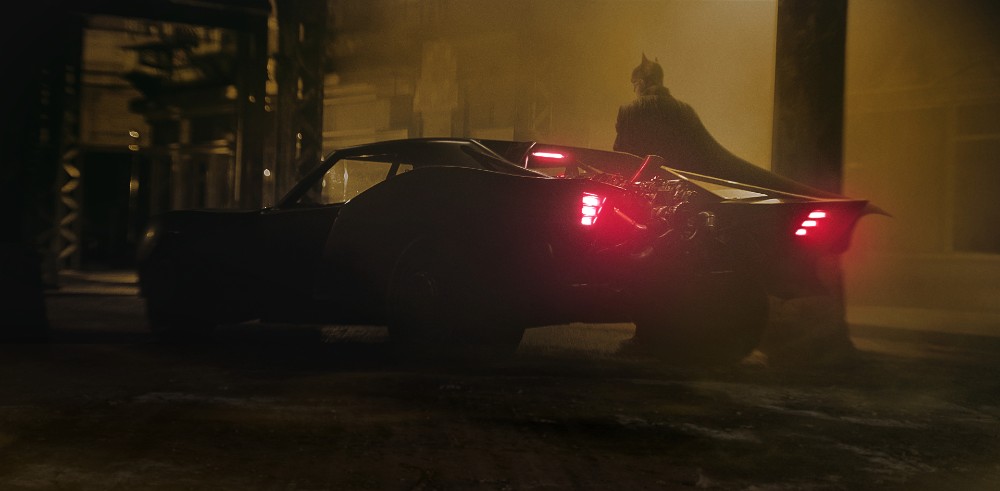
As we were trying to figure out what that meant for the Batcave, I had heard this story about this old train station under the Waldorf Astoria, where supposedly they have this hidden train station where the President has a train parked. In case the President’s in town, and there’s some sort of emergency, they can whisk him out of town through this train station. That was just an incredibly romantic idea that always stuck with me. As we were turning on the Waynes and what that might be, I pitched the idea to Matt that there could be an old Wayne train station underneath Wayne Tower.
It all sort of fell into place from there as this perfect place for Bruce to run his operation, as you’d have access to all the tracks that took you all over the city. [For] a lot of these decisions for Matt, it’s very important that everything is as grounded as we can possibly make it, that the audience feels like you can follow any thread in the story and it leads back to some sort of truth that feels familiar to our reality. Obviously, we’re creating this super pushed story with a man dressed as a bat at the center of it, but I think every intent along the way was to create something that felt plausible, that you could actually see how things got done. You could see the stitching in his leather cowl. You could look at the car and see the way it was made, that it wasn’t a machine thing or didn’t drop in from the factory. Everything that’s on his costume and part of his tool kit, you can see his method.
BTL: There are little bits of New York scattered throughout your Gotham, as well as parts of London, and I know you shot in Liverpool, too. It’s pretty amazing how you pieced together these different places to create Gotham. Were you able to shoot in a lot of these places or was a lot of it created using plates and visual effects?
Chinlund: It was hugely in-camera. Obviously, there are places like up in the skyscrapers and things where we leaned into visual effects for some of that, but on the whole, I think we’ve always… on Planet of the Apes, it was sort of the same thing. We build big and extend from there. We knew we would be leaning into extension to help tie the world together, but we traveled all over England and went up to Glasgow and shot a piece of Chicago and New York. It was an around-the-world mission to find pieces that would fit for us. I think Liverpool is just an incredible resource, because first of all, they were so welcoming. Second of all, architecturally, it’s just staggering the way that place looks. All this faded glory, so much beautiful ornament with heavy patina. It really was the template for what we were looking for. It was the dream of a lifetime to try and piece that puzzle together and build a Gotham that no one had seen before.
BTL: I read that you built a lot of stuff using virtual reality in order to experiment with lighting. Is this the first movie you’ve done that for, or is that something you usually do?
Chinlund: We really started playing with that on Lion King. We basically shot the whole movie in VR, so for me, that was like a two-year university class in virtual reality production. I was so excited to be able to bring those tools to Matt. Basically, we were building tools as we went on both movies. In the end, we built the entire world in VR, and it allowed Matt to basically storyboard the whole film himself. He could go in with an operator and set figures and pose and use the lenses that we were actually going to shoot with, and Greig Fraser could play with the lighting. It was an amazing tool for us, as filmmakers, to be able to previs ourselves. Often, that is something that’s farmed out, and there’s a tremendous amount of waste in that practice, but Matt being so specific and [the] diligent director that he is, it was such a dream to be able to have that kind of specificity in prep.
BTL: Were you able to exactly match the colors you were creating using VR when building the sets?
Chinlund: We certainly got the mood. The world was so big, that the resolution was often kind of chunky, but I think, on the whole, those tools are getting faster and faster and better and better. He really got a strong sense of what he was shooting. Obviously, there’s nothing like the real thing, but it gave him a really good feeling for what he was gonna find on set. The set deck, for example, we were literally scanning chairs and tables and lamps that we were proposing to be used on set. It was actually the furniture that we were shooting with. When he put a figure next to a chair, he knew exactly what he was getting. That was the first time I’d ever done that., and certainly going forward, it feels like the way we’re gonna progress.
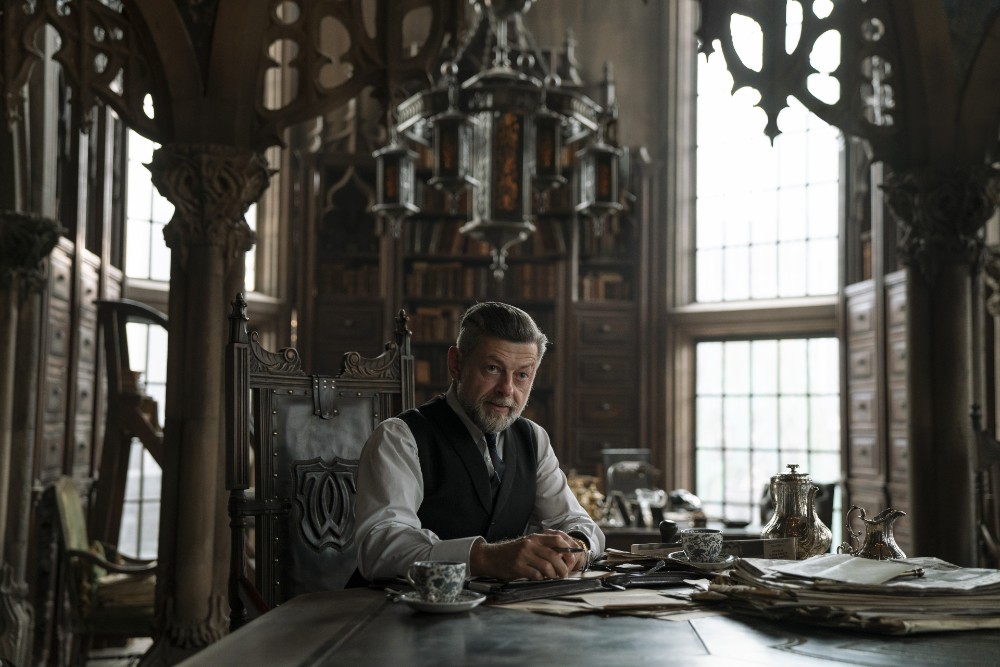
BTL: That seems like it could be very useful for the interiors of Wayne Tower to see exactly what you’re getting before someone has to lug a large piece of furniture onto set.
Chinlund: Just the builds themselves, being able to see exactly what you’re getting and make sure that the footprint works. It was such a complicated and ornate build that it gave us tremendous confidence. He had shortlisted the whole thing before we began construction, so we really knew that he was going to use every inch of it.
BTL: I also read about the Wong Kar-wai influence that inspired things, like having all that rain in so many scenes, but was there anything architecturally about his movies that made its way into The Batman?
Chinlund: I think it’s a lot about reflection and layer. For me, the beauty of Wong Kar-wai is just layers. You’re always shooting through and beyond. There’s a room that leads into another room with another room beyond it. I think his staging is just so rich, so it was a lot about reflection and layers for us, but those were obviously huge, huge influences.
BTL: I especially saw this with the Iceberg Lounge, and if you lived in New York, then you would know about the Meatpacking District, the Limelight, and the general club scene. In some ways, the Penguin’s club seemed to very much be a mix of new and old New York club scenes.
Chinlund: I spent a tremendous amount of time as a younger person in the New York club world, so it was a dream for me to be able to represent it on screen because I feel like often it’s not done so accurately. There was a time I went to a party in the anchorage of the Brooklyn Bridge, and obviously, that was a big influence. I had also been reading a biography of Robert Moses, who was the architect of the freeway and the park system in New York. There was a legend that he had his office under the Tri-Borough Bridge, and the tolls from the bridge would flow in a tube through his office. I always thought that was such an amazing bad guy lair. We took pieces of that idea to build this tremendous site. It was so much fun to design this bridge, and have Falcone looking over the roadway and then the club thumping in the anchorage and then below that in the 44 Below. That was another really fun piece of design, taking practical locations and set builds. That bridge was the anchor of our backlot build that we did at the Leavesden Studios, which had the entrance to the club and the diner and Riddler’s apartment looking down on all that. It’s one of the biggest builds I’ve ever undertaken. It was an amazing puzzle weaving all those worlds together.
BTL: It’s amazing that you built those elevated train tracks on a stage, so were those inspired by Brooklyn?
Chinlund: We actually used the L from Chicago, because we knew we had to do a bunch of location stuff, so we knew we were going to try and weave that in. We have a unit that shot in Chicago for some of the bike work. The construction team just did an incredible job putting that all together, and it really let us work efficiently, and get this movie done. It was an amazing thing to see.
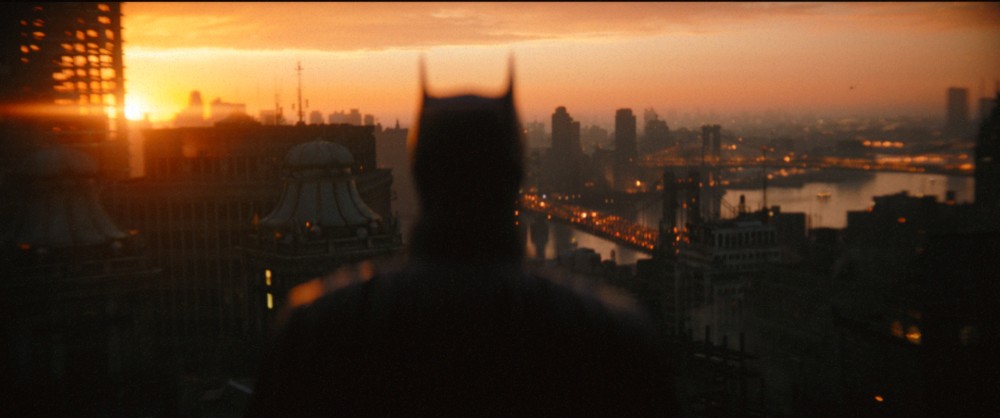
BTL: When I spoke to Anders at Weta FX, he mentioned that you worked with ILM to do a lot of the LED stage stuff, so was that also involved with creating some of the backgrounds?
Chinlund: This was the first movie where I’d used Stagecraft, which is the LED volume. I think Greig Fraser had a lot of experience with it for The Mandalorian. He also used it on Dune, so coming in, it was a tool. We had a few sets — the unfinished skyscraper where the Bat-signal is, obviously there was a lot of dawn and dusk work up there, a lot of golden hour stuff. There was no other way we could do that. We couldn’t shoot that on location, obviously. The lighting opportunities that it gave Greig were just unbelievable. I think it was exciting for me to realize that we were actually going to be able to achieve those Gotham backgrounds during prep. Often, that’s something that’s left for post and you cross your fingers that they get it right, but we were able to design and develop those sets, and then take them all the way to finish. For me, it’s an amazing tool, and I think our VR tools that we were using to help pre-vis all fit right together to help all that stuff work out. We were able to allow Matt to sort of pre-vis the city and work with Greig on positions for buildings and all that in the VR before we actually got to the volume. We used that for the searchlight tower and the cemetery at the end when you’re at Selena’s Mom’s crypt. I learned so much, and I think it’s here to stay for sure. I think there’s a lot of opportunity for us and those screens going forward.
BTL: Obviously, you were one of the productions that got hit badly by COVID, as you were only a month or two into production when COVID came along, and you had to stop and start up again before moving around to different places in England. How easy or hard was it to get back into production after the first shutdown?
Chinlund: It was terrifying, to be honest with you, because it was all going down. We were about a third of the way through the movie, and we were actually meant to be heading up to Liverpool that Monday, and we got the word that we were shutting down and had to scramble back to the U.S. Obviously, COVID was a horrible tragedy in a lot of ways, but I think for our production, there were certain aspects of a blessing in there for us that it really allowed us to sort of take a pause and regroup and rethink some things. We had a second prep, basically, in the middle there, and it allowed us to tighten up big sequences, like the car chase and things like that, and also let Matt get a crack at the edit. There were certain advantages, for sure, that let us sort of refine what we were doing.
BTL: It’s interesting to hear all the things that production had to do to get through COVID but also finish projects, and also hearing about the blessing of having more time to work on things, which is always helpful, I’m sure.
Chinlund: It was. Shooting the second half, everyone was in their own tent, and obviously, the set was very tense, but on the other hand, I think we were all just so grateful to be working and to be able to actually do it thanks to the support of Warner Brothers and everything. We felt very lucky to be able to do what we love, even though it wasn’t exactly the way we’d like to be doing it. I think we all felt pretty blessed about that.
The Batman is still playing in theaters nationwide, but it will also begin streaming on HBO Max starting April 19.





